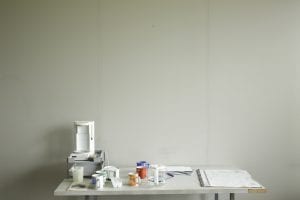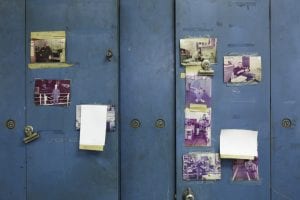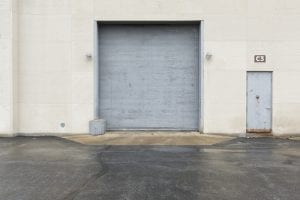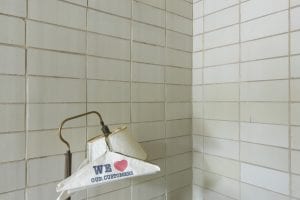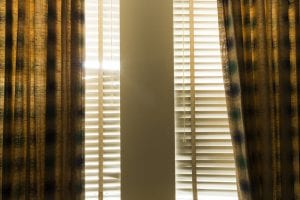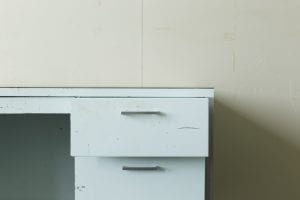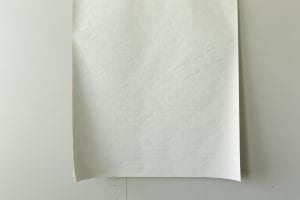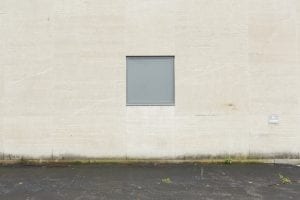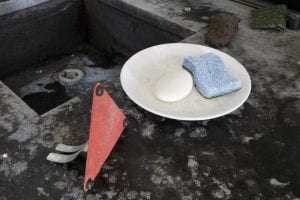
- This event has passed.
Theo Anderson: COMPLEXITY
January 27, 2014 - May 24, 2014
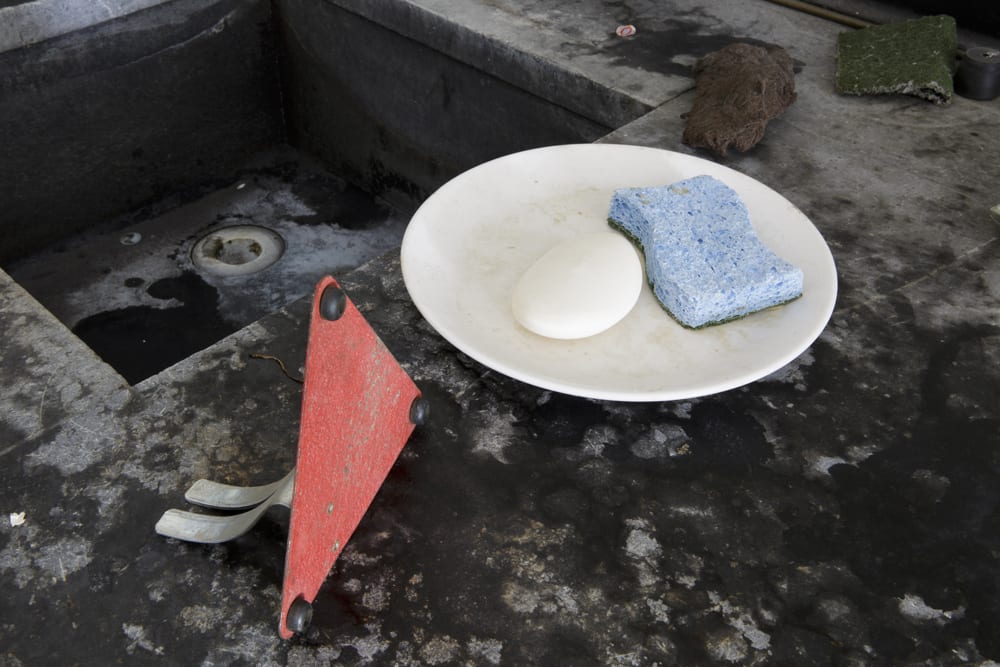
Photographer Theo Anderson views physical places as opportunities for transformation. For nine days during the summer of 2013, Buildings B and C of Lehigh University’s Mountaintop Campus provided the context for his visual exploration. He notes,”My intent was not to document, but rather to explore visual structure and form, free of preconception”.
INTERVIEW WITH RICARDO VIERA, DIRECTOR/CURATOR
Ricardo Viera: I understand that you were suggested by the university president to photograph the newly acquired Buildings B and C at the Mountaintop, the former Bethlehem Steel Company research facility. What was the motivation on your part as a creative artist to accept this challenge, and why?
Theo Anderson: On the evening of June 10, 2013, I received an email from Alice Gast, offering me the opportunity to photograph Buildings B and C of the Mountaintop campus. My plan for the summer was to continue work on my project CADILLAC and spend considerable time with a new project, CONCRETE, so my time and resources were limited at best. After considerable thought, and at the urging of my dear friend Edward Nowak, I decided to visit the site mindfully. During the visit I realized, that if I approached this as I do my other projects, it might work, I might be able to make some photographs. My approach had to be free of preconception, making photographs for myself, no one else.
note: Alice Gast’s son, David, spent much of the summer with me as I worked on this project and is the first person to have first hand insight into my process.
RV: What is art to you in this second decade of the 21st century? Is everything that you do art? As a professional creative photographer, you have explored many forms.
Can you elaborate on this?
TA: My work, the print, the artist books. Everything I do for myself is art, and, I suppose, the separation is blurring with the work I do for others. My exploration of the many forms of photography has given me an extraordinary level of technical competence, which is liberating in the creative process, allowing me to freely explore the visual. When I make the photograph I am fully aware of what the final print will reveal.
RV: You mention that, rather than document, you explore visual structures, free from preconception. What do you mean by that?
TA: I don’t make a photograph without intent. Working on COMPLEXITY, my intent was to explore visual structure and form. I had to free myself from preconception, not only regarding location, but what took place in and outside the buildings. I wasn’t trying to tell a story or fulfill a narrative. My intent was to mindfully make photographs for myself and in so doing be open to my own transformation, artistically and as a human being.
RV: After working for so many years photographing the Bethlehem Steel Company and its demise, you are confronted with Buildings B and C in similar situations. It is clear that your frame of mind was very different, although the memory factor is hard to remove from a visual discourse. Do you agree with that?
TA: My intent, initially, regarding Bethlehem Steel, was to document. While working on the project, you introduced me to gallerist, collector and educator Edward Nowak. As my friendship with Edward grew, he pointed out that my work was not documentary, not about place, but rather about myself. This was a transformative and liberating moment. Letting go of the notion that my photographs were about place: my work, my very person were transformed.
RV: Many students in my “Photography as Contemporary Art” class were amazed when you explained the factor of spontaneity and motivational confrontation. In other words, of the simplicity and sense of discovery that your work evokes. As an artist/photographer, intentionally or not, an element of research is present. Can you expand on this?
TA: Research is limited. I want to be surprised and free of expectations. I don’t pay much attention to the history or underlining narrative of a place. I want to discover my own truth. I was aware that building C housed pilot plants, was the home of research scientists and was part of Bethlehem Steel. My truth, my intent, was not about the place or what went on there, it was a context that would allow me to play, to dance with, to make photographs.
RV: Why the title, “Complexity”? Where is it indicated that the exhibition is more complex than expected? Tell us more about it.
TA: The title came from THE JOURNAL OF COMPLEXITY which was in a bookcase in one of the research offices in Building C. On the surface, it seems simple to cleanse oneself of preconception, to return to the sandbox, to make photographs. The path to simplicity is often the most complex to travel as I have to strip myself of the preconception and the associated baggage. To bring myself to the point of being mindful and open within the context of a place is often a struggle, and is critical in my work. I had to muster every bit of very being to make the photographs. To walk into a room and see the pencil sharpener in relation to the delicate shades, tone and structures of the wall was an extraordinary, yet complex process.
RV: How did the Lehigh president react when you presented her with the work of Buildings B and C? Was she expecting an indication that perhaps there is more complexity there?
TA: A few hours after I shared the work with President Gast she sent an email, “I look at things differently now – thank you.” Perhaps the most touching comment I have ever received regarding my work. To have another human being react to my work in this manner is extraordinary, because what I created for myself has become a pathway for another.

